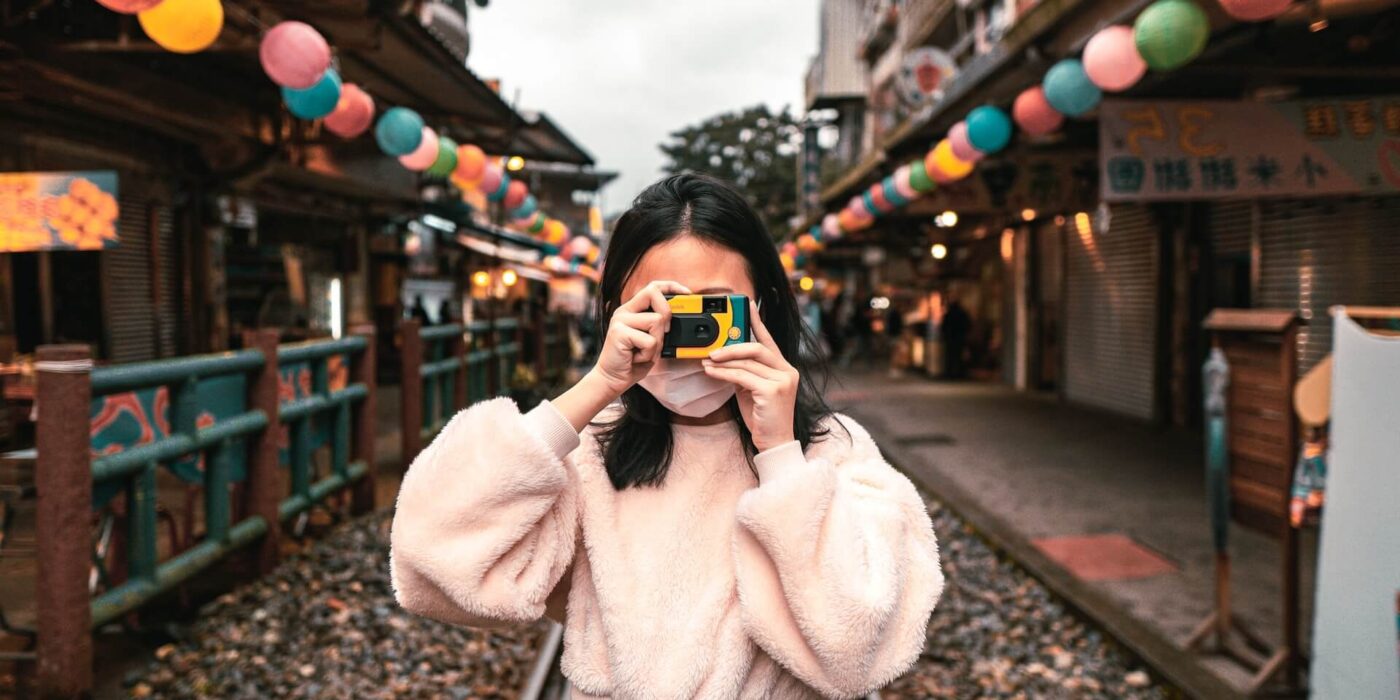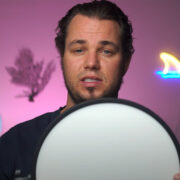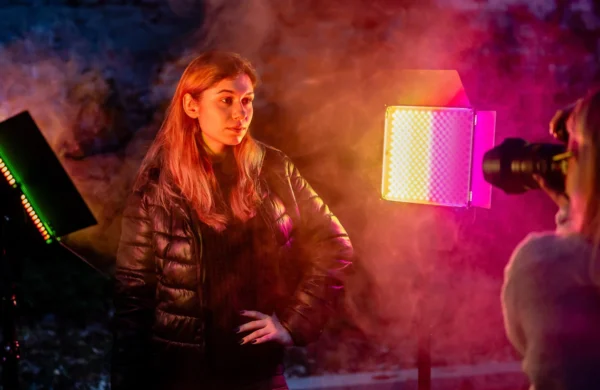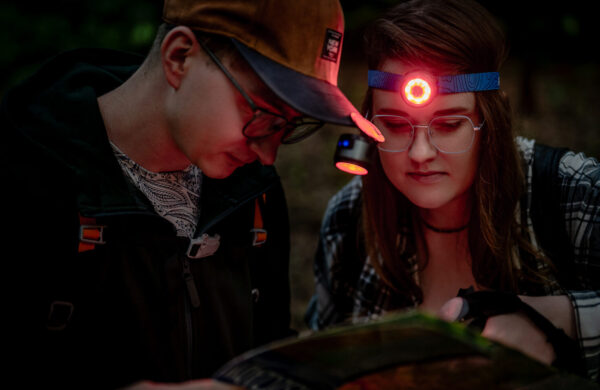The street is the stage where life takes place. It’s a place where everyday stories, emotions, and moments become true works of art if only we are willing to notice and capture them. Street photography, although sometimes underestimated, is one of the most fascinating fields of the art of catching moments, requiring both technical skill and exceptional sensitivity. It is an art form that allows one to capture life as it is, in its natural and authentic form.
Every step taken on the street in a crowd of people is actually a new story. A smile from a passerby, a play of light at sunset, or a moment of reverie hidden somewhere in the shadows – here everything can be a story. Street photography gives us the opportunity to capture the diverse emotions that accompany different places in the world. To become a true master of street photography, however, you need to master not only the technical aspects of working with a camera but also gain the ability to empathize with the people you are photographing. And this is probably the most difficult part of it all…
In this article we will explore the secrets of street photography. We will talk about:
- techniques for choosing the right frames,
- working with natural light,
- maintaining empathy with randomly encountered people models and….
- …using handy light sources, such as LED panels and lightsabers.
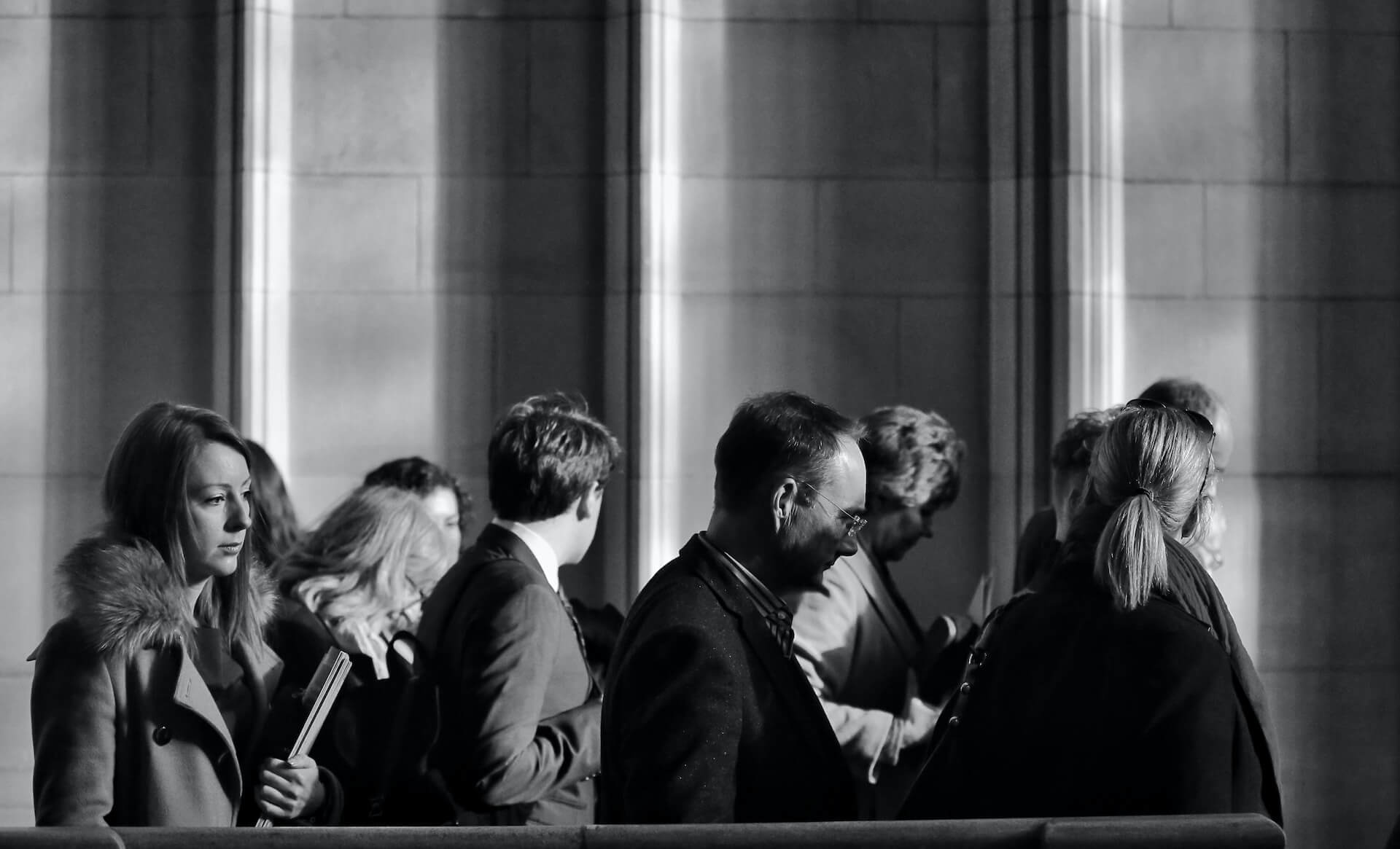
Catching frames on the street
Street photography is the art of catching moments as they are, on city streets. One of the key elements of creating photos in this style is the ability to choose the right frames. In this chapter we will focus on composition and framing techniques.
The importance of composition in street photography
Composition is the foundation of successful street photography. It allows you to create visually interesting and balanced frames.
- The principle of tripartition – The rule of dividing the frame into nine equal parts and then placing the main subject along the grid lines is a simple and effective way to make the composition dynamic.
- Guiding lines – It’s a good idea to use what’s in front of your eyes. You can use lines that naturally occur in cities (sidewalks or architecture) to guide the viewer’s eyes around your frame.
- Frame – Lines aren’t everything. Many landscape elements can be used as natural frames to help focus attention on the main theme of the photo.

Framing in street photography
Framing is the process by which you choose what will be in the frame and what will be left out. It’s a key element of photography that has a huge impact on the message that follows it. In this context, it is worth discussing 3 variables.
Distance from the subject
One of the key aspects of creating compelling street photography is the ability to choose the right distance from the subject. This is what determines whether you convey emotions and stories in a direct way or leave some distance. The decision to zoom in or keep your distance is like a lever that can significantly affect the expression of the photo, allowing you to uncover deeper layers of the story.
Viewing angle
Viewing angle is another tool that transforms our frames into unique perspectives. Experimenting with different camera positions, such as the height of the observer’s eyes, from above or from below, allows us to produce unique images. Depending on whether we stand above the subject or photograph it from a sidewalk position, we can evoke completely different emotions in the viewer.
Frame orientation
The issue of frame orientation is another element to consider when taking street photos. A horizontal arrangement can help capture a wide panorama of an urban landscape, while a vertical shot will allow us to focus on the details or people in the frame.
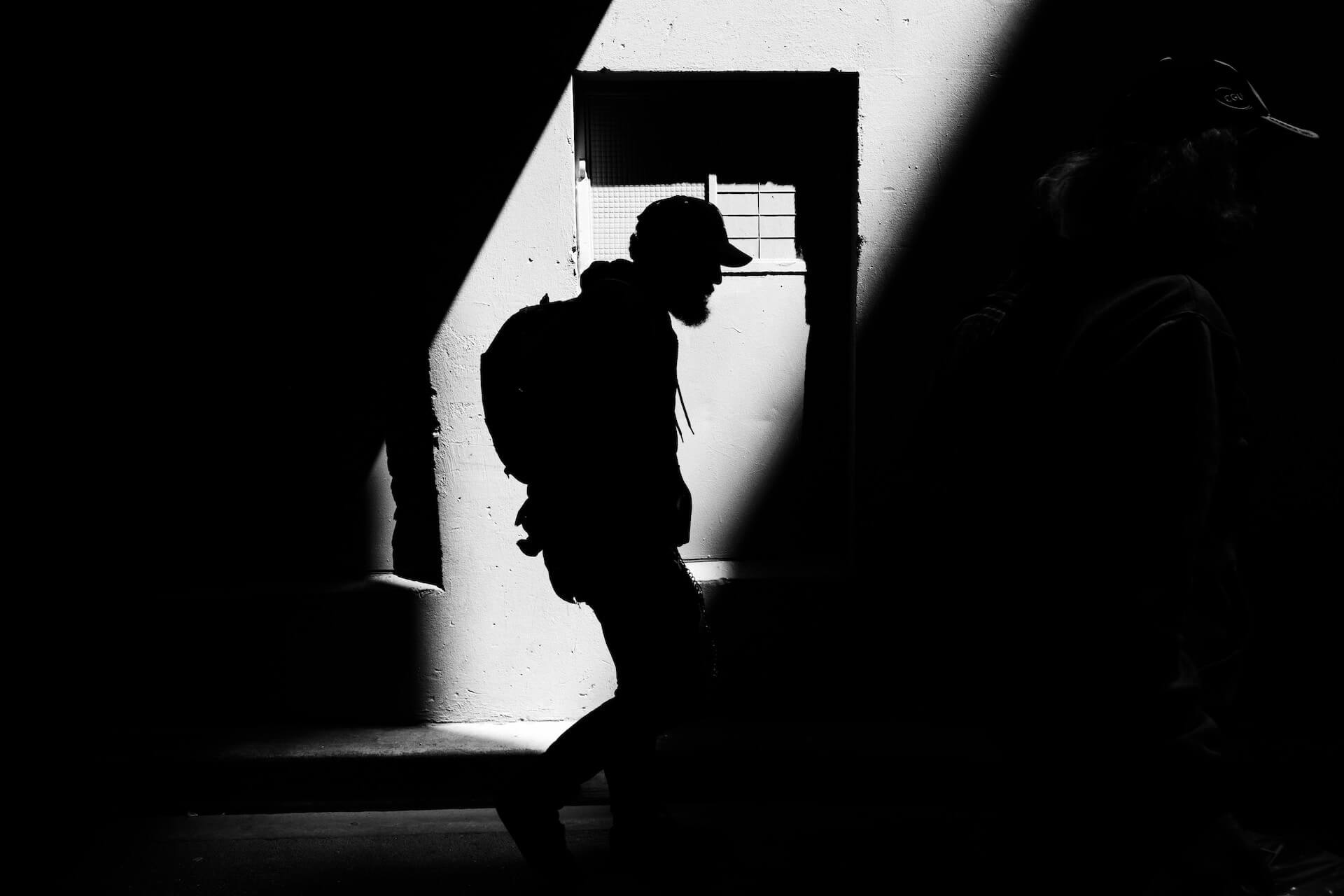
Decisive moments
Street photography is often about catching that one magical moment that makes a photo special. Here’s what to pay attention to.
- The right moment – Patience is sometimes the key to success. There are times when you have to wait for all the pieces of the puzzle to come together in a unique way. However, waiting for that one magical moment when light, composition, and emotion come together in the perfect way can be difficult and sometimes we have to improvise. So there are times when the right moment is that one second when we simply have the opportunity to press the shutter button and capture what we want to talk about with a photo.
- Working with movement – Movement is an integral part of street life, but we are the ones who have control over how we interpret it with photos. Understanding when to stop motion in a photo to capture specific details and when to emphasize dynamics through blurring is a skill that gives photographs life and energy.
- Capturing emotion – Street photography is not just about pretty buildings. It’s also the ability to capture the emotions, gestures and facial expressions of people on the street. The photographer’s job is to tell their stories, show their situations and let the viewers feel the moments we see in the photos. This is a challenge that fills street photography with life and meaning.
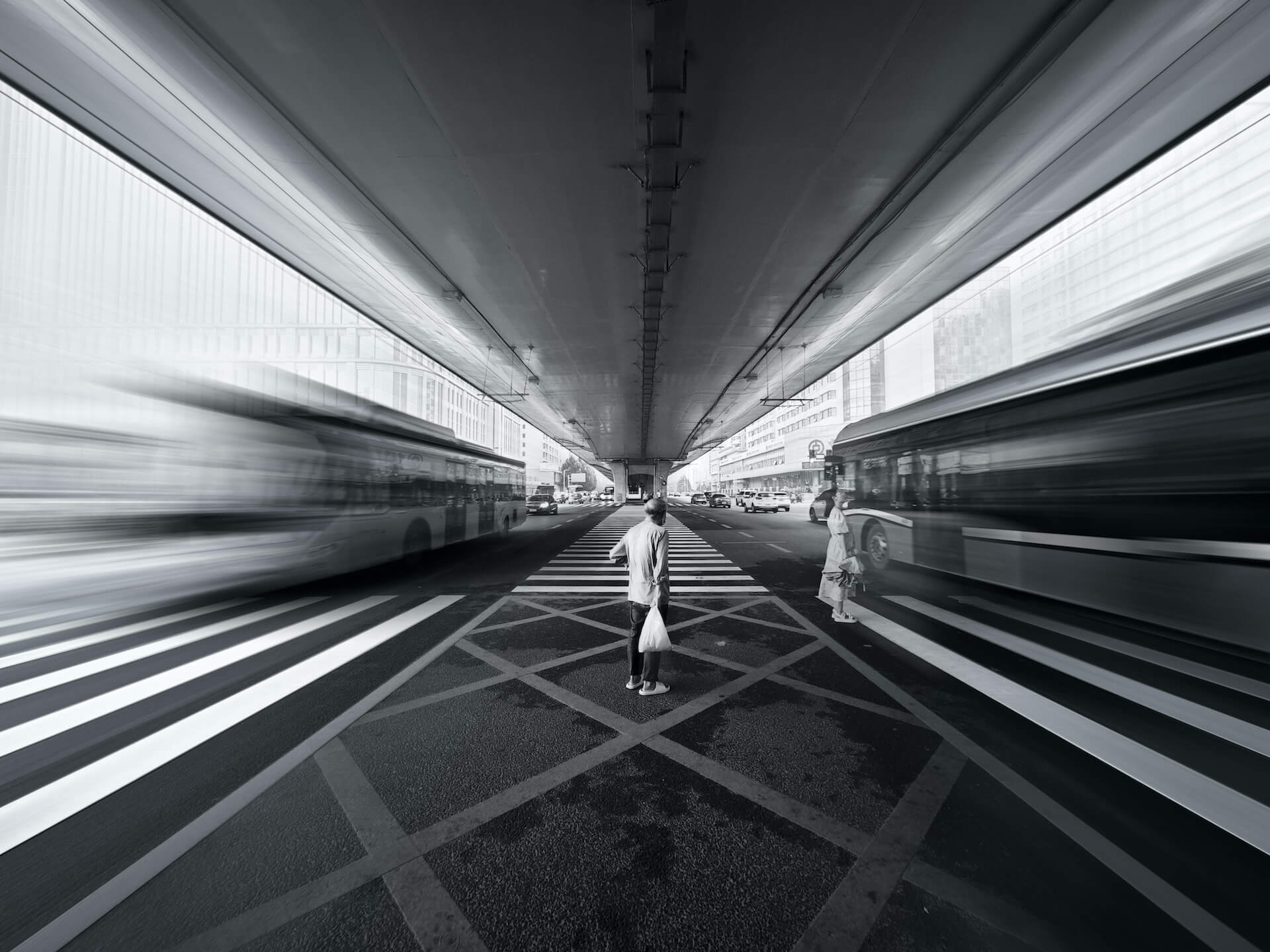
Working with natural light
In street photography, natural light is your greatest ally. It’s what gives atmosphere and character to your photos, affects the quality of the overall composition, and interacts with your audience. In this chapter, we will focus on the role of natural light and show you how to use it to create fascinating images. It can be unpredictable, but also full of artistic potential. It’s worthwhile to understand the different types of natural light and how they affect your photos.
Golden hour
“Golden hour” is one of the most beautiful windows of time for street photographers. It is the moment right after sunrise and just before sunset. This is when the magical light appears in front of you, which is warm, directional and soft. The sun is low above the horizon then, and we can get unusual effects that add +10 points of charm to the photos. This is the perfect time to capture dramatic shadows and subtle contrast that highlights details and adds depth to frames.
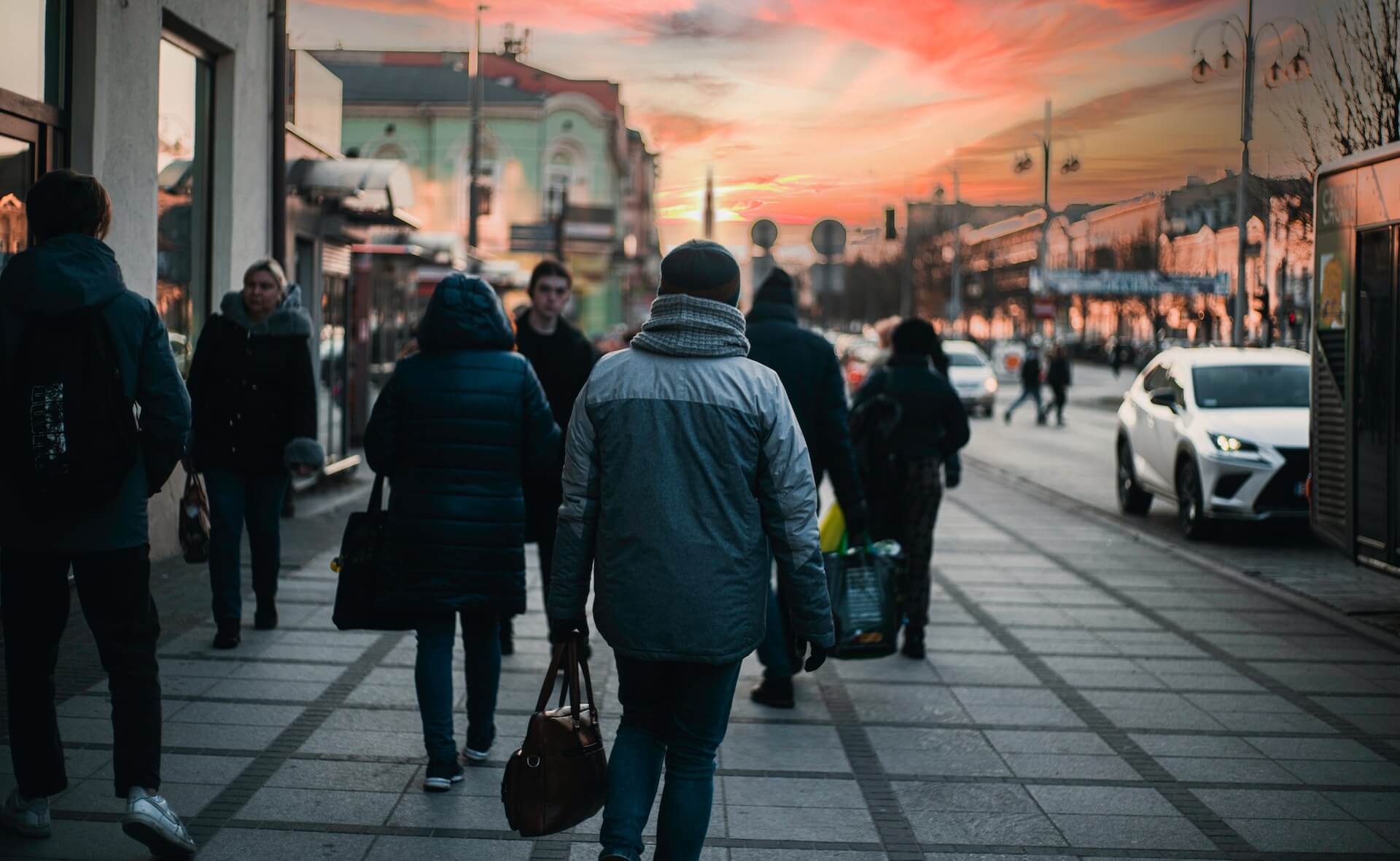
Daylight
Street photography is a field that requires us to be flexible in adapting to changing lighting conditions. From a cloudy day, when the light is diffuse, to a cloudless sky that provides intense and harsh light. Depending on the situation, we need to adjust our camera settings and photography style to get the best results for the situation. Daylight can be capricious, but the more we experiment, the more we learn.
Shadows and contrasts
Shadows and contrast are elements we can use to add depth and drama to street compositions. Understanding how shadows fall on our surroundings and how contrast affects our frames is key knowledge. A feel for this area allows us to consciously shape the atmosphere in our photos. We can emphasize main elements, hide unnecessary details and create dynamic frames that capture the viewer’s attention. Shadows and contrast give the photos character and visual power.
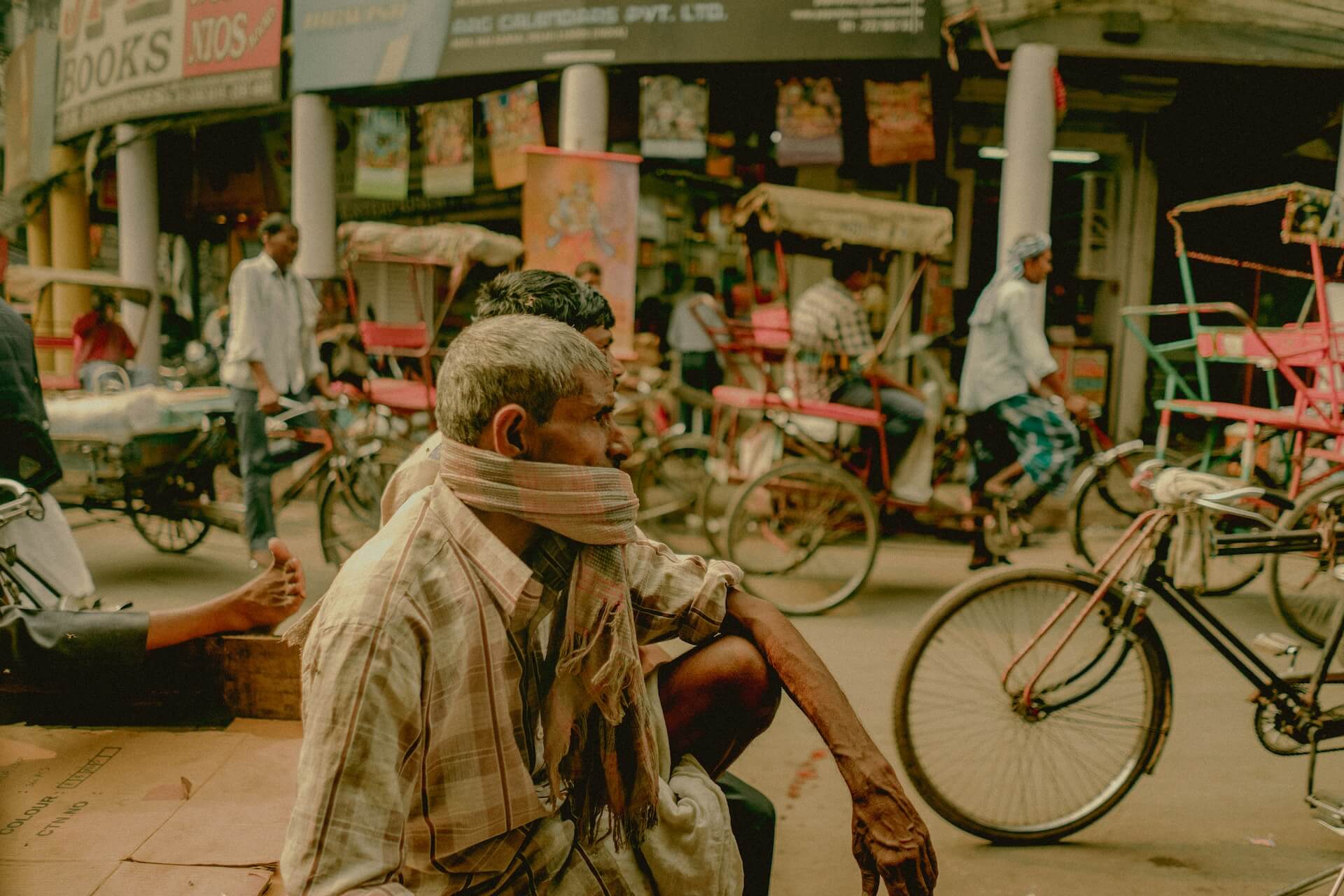
Daytime street photography – technical tips
Working with natural light is both a challenge and a source of creativity. In this context, we will discuss 3 practical aspects of the job that will help you hone your photographic skills and create exceptional images.
Exposure
Adjusting your camera’s settings, such as shutter speed, aperture and ISO sensitivity, makes a huge difference to the quality of your photos. Pay attention to a fast shutter speed on bright days to avoid overexposure. On cloudy days, increasing the ISO sensitivity can help keep your photos reasonably bright. Experiment with the settings until you achieve the results you want.
White balance
Proper white balance helps avoid unwanted color tinting in photos. Modify this parameter depending on the lighting conditions. You can use the preset modes your camera offers. Use “sunny” white balance on bright days and “cloudy” when it’s a bit more gray and gloomy. This will ensure that the colors in your photos are reproduced naturally and true to what you see when you press the shutter button.

Street photography: empathy and approach to people
Street photography is not only a technique, but also the art of empathy and a certain subtlety in approaching people. After all, no one wants to be treated like a monkey in a zoo. Photographing people on the street requires respect for our models. Remember to respect the privacy of others!
Bet on honesty and openness
Empathy towards the people we photograph is the foundation of ethics in street photography. Respect towards others plays a key role here. It’s about an approach that helps avoid violating boundaries. Equally important is an understanding of the cultural and social context of the place where we work. This allows you to create photos that reflect reality without bias. Learning about the customs, mores, and realities of a community helps minimize the risk of misrepresentation and misunderstanding, which in turn allows us to create more authentic and valuable photographs. Empathy and respect are like a key that opens the door to the hearts and minds of potential models. So it’s worthwhile to talk and ask, instead of taking “lurking” photos; to create relationships based on trust. In street photography, the balance between technical and ethical skills is a very important issue.
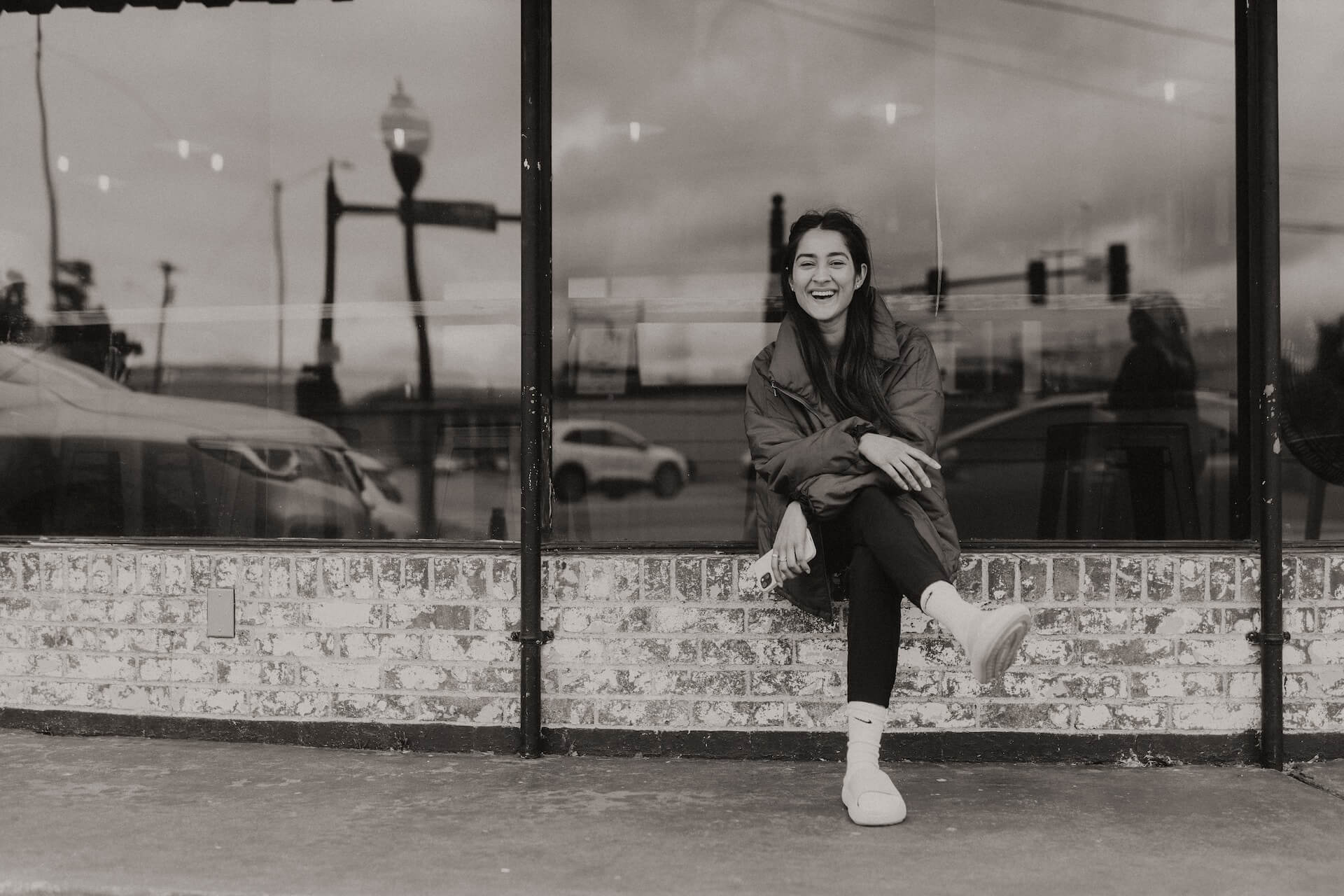
Consent to take photos
The issue of consent from people photographed on the street is both a legal and moral aspect that plays a key role in street photography. It is not only a matter of complying with the law, but also of building relationships and trust. The ability to make contact with people on the street and get permission to take pictures is the foundation of an ethical approach. Often it is even worth the temptation to get written permission to use a person’s image in photographs. Especially if they are to be used for commercial purposes.
Don’t be an intruder!
A street photographer does not have a simple task. It is easy to cross the line between being an invisible observer and someone who invades the privacy of others. By staying in the shadows and avoiding drawing too much attention, we can maintain the authenticity and spontaneity of the situations we photograph. However, it is equally important to respect the boundaries of others. When photographing on the street, we need to be aware of potential controversy. We should be prepared for the fact that someone may not like the fact that we are taking pictures. At that point, it’s a good idea to talk calmly, explain and, if asked, delete photos of people who didn’t necessarily want to be photographed without protest.
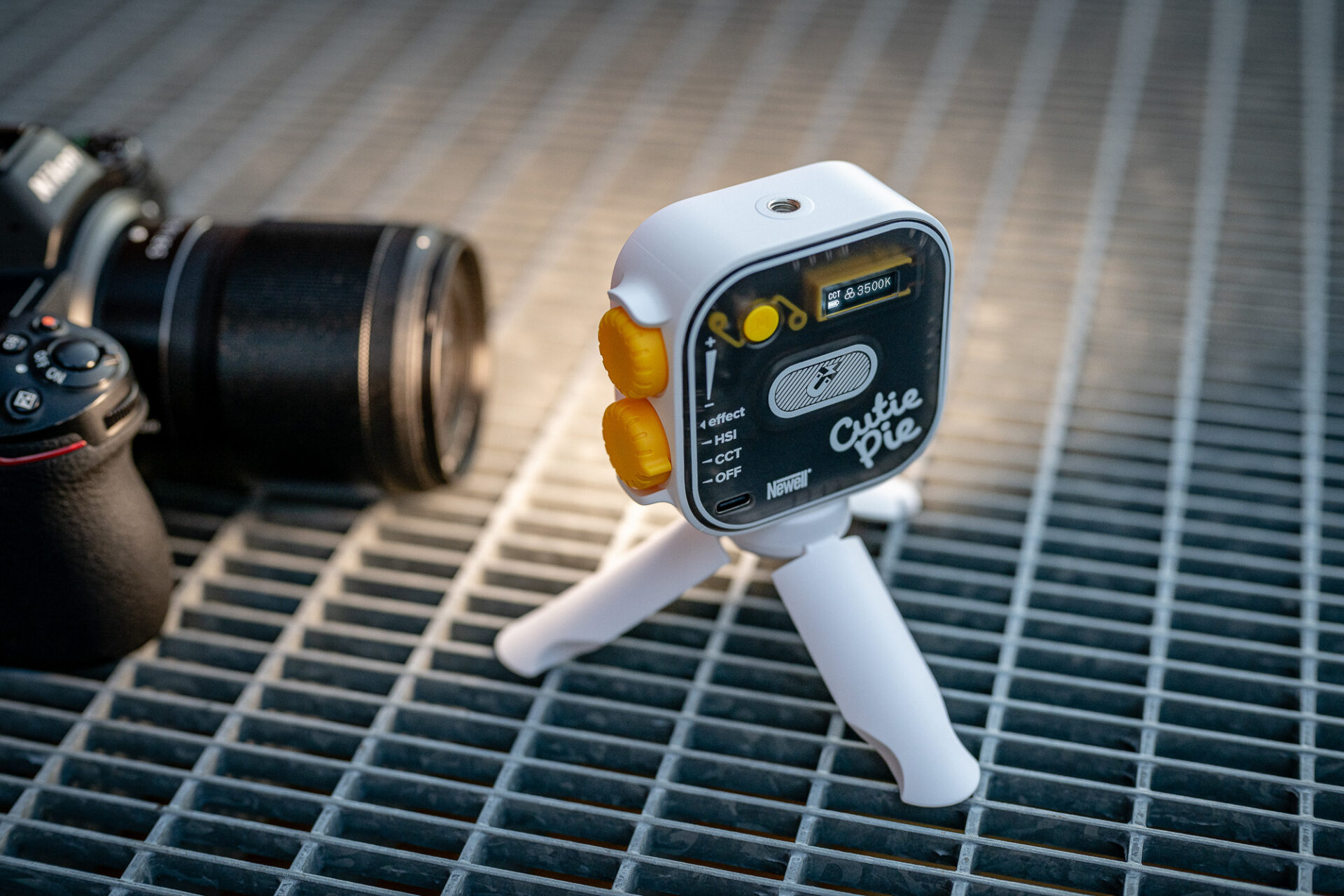
Additional light source in street photography
Street photography is significantly different from those taken in the studio. When we go out in the city, we usually take a small camera and try not to be conspicuous. However, lighting is a key element in photography, and the sun does not always want to cooperate with us. That’s when small and cordless LED lights that can easily fit in a backpack or even a pocket come to the rescue. Here are some of our products that are perfect for street photography.
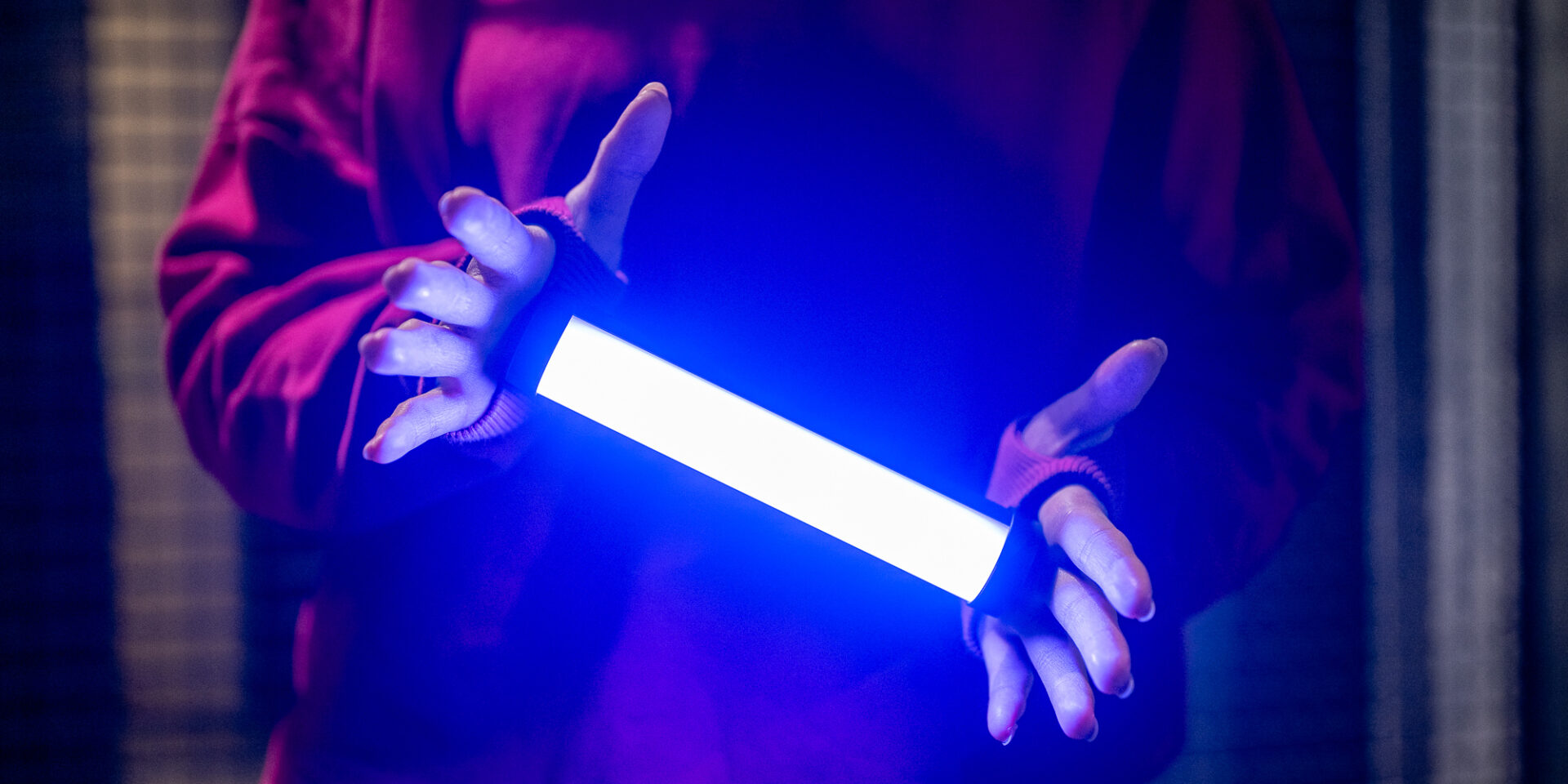
Kathi Nano Pro
Kathi Nano Pro is an improved version of the smallest representative of elongated LED panels from Newell. The lamp offers adjustable power and color temperature (2500 K – 9900 K) and access to 360 different light colors. There are also 21 predefined special effects, divided into 7 thematic groups. 2 1/4″ threads and strong magnets will ensure convenient mounting. The lamp can be charged via the popular USB-C port, using a power bank or smartphone charger.
Rangha Mini
The Newell RGB-W Rangha Mini is a compact LED panel measuring 11 by 6 cm. Despite its small size, it offers high brightness, which is great for the world of street photography. The wide range of color temperature adjustment (2500 – 9900 K) allows you to achieve warm and cool light tones. Full control over the HSI color space gives you unlimited possibilities to express creativity through color. Intuitive operation is provided by ergonomic dials and buttons, as well as a backlit OLED screen. You’ll also find a standard 1/4″ thread on the lamp’s metal housing and a USB-C port. A cold shoe adapter is included for camera mounting.

Rangha Nano
The Newell RGB-W Rangha Nano is a pocket-sized LED light that will fit in any photo bag. With a maximum output of 300 lumens, you will successfully use it in street photography. To add variety to your frames, you can also use one of 12 different RGB colors. A cold shoe will allow you to easily install the lamp in your camera’s sled. Importantly, the Rangha Nano is powered by popular AA batteries, which you can buy at almost any kiosk.
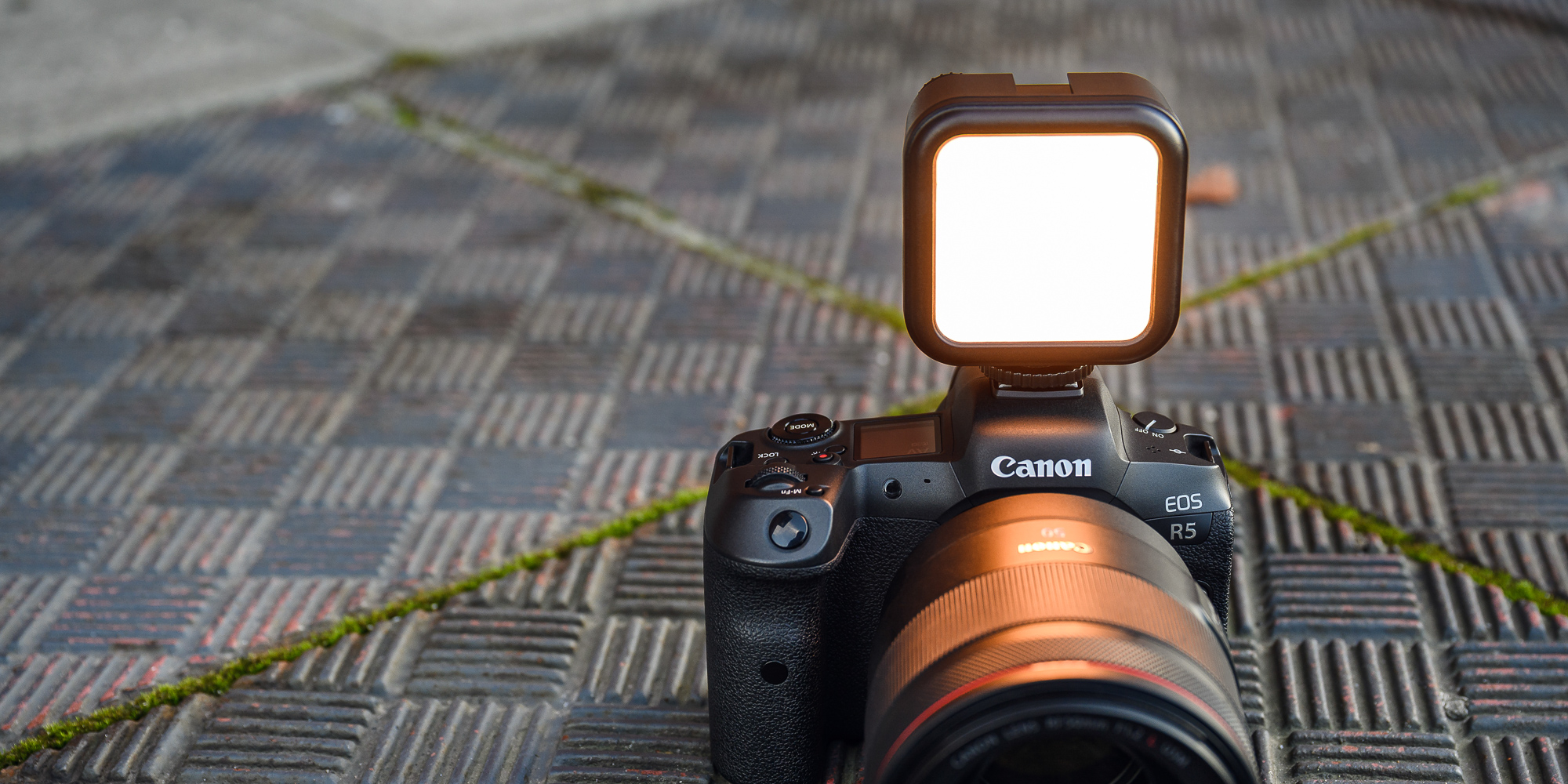
It’s time to go out!
Now it’s time for you. Take to the streets, observe, experiment and catch moments refining your unique style. Just watch out for cars, cyclists and other pedestrians! We look forward to seeing your photos on our Instagram and Facebook. Be sure to share your creativity with us in the comments or private messages.

